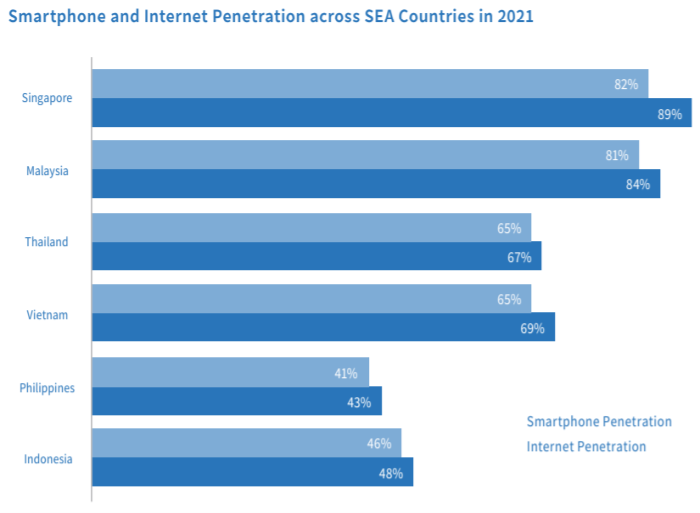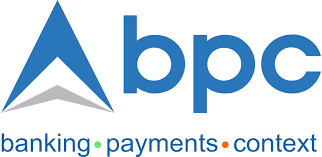Payment trends in APAC have been evolving at an exponential rate. Terry Paleologos, COO at BPC APAC, describes how consumer expectations inspire banks and financial institutions to provide new opportunities and tackle challenges with the help of fintechs
It is a very exciting time for payments in APAC as the region is at the forefront of the race towards a cashless world. Each country within the region has consumers that have adapted to a certain way of buying and making payments. The organisations that successfully identify and implement these preferences are in for long-term growth. The deep penetration of mobile devices has led consumers to move away from traditional ways of commerce making trends such as digital wallets, and QR payments to keep moving forward.



Source: BPC Guide on Digital Banking in Asia
While banks and other financial institutions work simultaneously to provide the best to their customers, what is definite is that digital transformation of payments is an indefinite process. Among many trends that will arise, here is what we can certainly expect:
-
The cherished super apps: the upsurge of tech giants has made consumers evolve in terms of how they like to receive their financial services. The region is seeing a mass migration to the ‘super apps’ lifestyle platforms which provides them the convenience of having access to multiple commodities under one umbrella. Along with making purchases, it is also allowing them to chat with friends on social media, order food, and take loans. A leading super app such as WeBank, for example, is currently serving over 200 million users, just five years after their launch. Alibaba’s MYBank is also in the race, with 20 million SME customers.
-
The cryptocurrency boom: as the mobile adoption and cryptocurrencies are becoming widespread within the region, many Asian countries are creating their own Central Bank Digital Currencies (CBDCs). The Chinese digital Yuan is already being traded for cash at over 3000 ATMs all across the country, whereas Vietnamese citizens have been using cryptocurrencies for remittance payments and rank second in the world when it comes to crypto usage. The Bank of Thailand is also all set to begin testing for their digital Baht after listing the services of Giesecke & Devrient. Moreover, even though Singapore may not have disclosed an official time to go live with their digital currencies, the Central Bank has been gathering suggestions from financial institutions, fintech companies, and other players in the ecosystem.
-
QR code payments and e-wallets: in APAC, consumers are very indulged in the idea of e-wallets as they are attracted by the concept of being able to make quick payments to merchants. Tech giants such as WeChat Pay, Alipay, PhonePe, Paytm, Go-pay, and RuPay are active members in constantly increasing the trend of e-wallets by introducing new offerings. Thanks to seamless experiences, QR codes are also convenient for making payments, placing orders, and tipping workers. Looking at the pool of opportunities, Mastercard has also created QR codes that are offering a global interoperability.
-
Credit cards will change forever: as payment trends continue to evolve, older patterns need to advance in order to keep up with the opportunities. Financial institutions continue to shape the future of credit cards by adding rewards and loyalty programs as part of a user’s day to day experience, by adding cash back to something as simple as their grocery shopping. Various card offering by issuers will continue as they tap into the most fundamental needs of a consumer’s life.
-
Embedded finance: when we talk about speed, convenience, and personalisation – which is a brief of everything mentioned above – embedded finance cannot be left behind. The rise of embedded finance by non-financial third parties is proof that multiple players are involved in creating a one-stop experience for users. A great example of a booming APAC platform is Grab – a company that started as a ride-hailing service, and then continued with food delivery services. Currently, the app provides embedded services such as loans, insurance, and investment options.
The road ahead
As customer preferences keep evolving, financial institutions are in a constant pursuit of the right partner that understands the pain points and help them accelerate this digital transformation journey. Many banks and other financial institutions in APAC are opting for a Payment-as-a-Service (PaaS) model by using API-based platforms. Many experts are labeling PaaS as the ‘end game’ for payment services, as its cloud-based capability provides cutting-edge technology on a pay-as-you-go basis.
The ones that understood the road ahead have jumped on the bandwagon and are currently serving customers with personalised experiences. For a fairly noticeable reason, digital transformation currently sees no dead end within the Asian Pacific region.
About Terry Paleologos
 Terry Paleologos is the Chief Operating Officer at BPC in APAC and is an experienced tech executive and startup entrepreneur focusing on mobile commerce and fintechs. He is an accomplished payment expert in launching and managing successful multinational divisions and service lines at various stages of development, from start to advanced.
Terry Paleologos is the Chief Operating Officer at BPC in APAC and is an experienced tech executive and startup entrepreneur focusing on mobile commerce and fintechs. He is an accomplished payment expert in launching and managing successful multinational divisions and service lines at various stages of development, from start to advanced.
About BPC
 Founded 25 years ago, BPC has transformed over the years to deliver innovative and best in class proven solutions which fit with today’s consumer lifestyle when banking, shopping or moving in both urban and rural areas, bridging real life to digital. With 350 customers across 100 countries globally, BPC collaborates with all ecosystem players ranging from tier one banks to neobanks, Payment Service Providers (PSP) to large processors, ecommerce giants to startup merchants, government bodies to local hail riding companies.
Founded 25 years ago, BPC has transformed over the years to deliver innovative and best in class proven solutions which fit with today’s consumer lifestyle when banking, shopping or moving in both urban and rural areas, bridging real life to digital. With 350 customers across 100 countries globally, BPC collaborates with all ecosystem players ranging from tier one banks to neobanks, Payment Service Providers (PSP) to large processors, ecommerce giants to startup merchants, government bodies to local hail riding companies.
"payment" - Google News
March 07, 2022 at 04:25PM
https://ift.tt/HGuksFP
Top payment lessons for APAC - ThePaypers - The Paypers
"payment" - Google News
https://ift.tt/eKxYAnd
https://ift.tt/EPLRmWf
Bagikan Berita Ini














0 Response to "Top payment lessons for APAC - ThePaypers - The Paypers"
Post a Comment